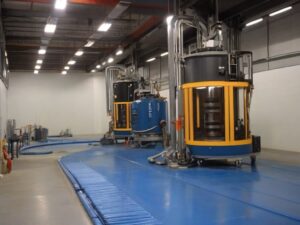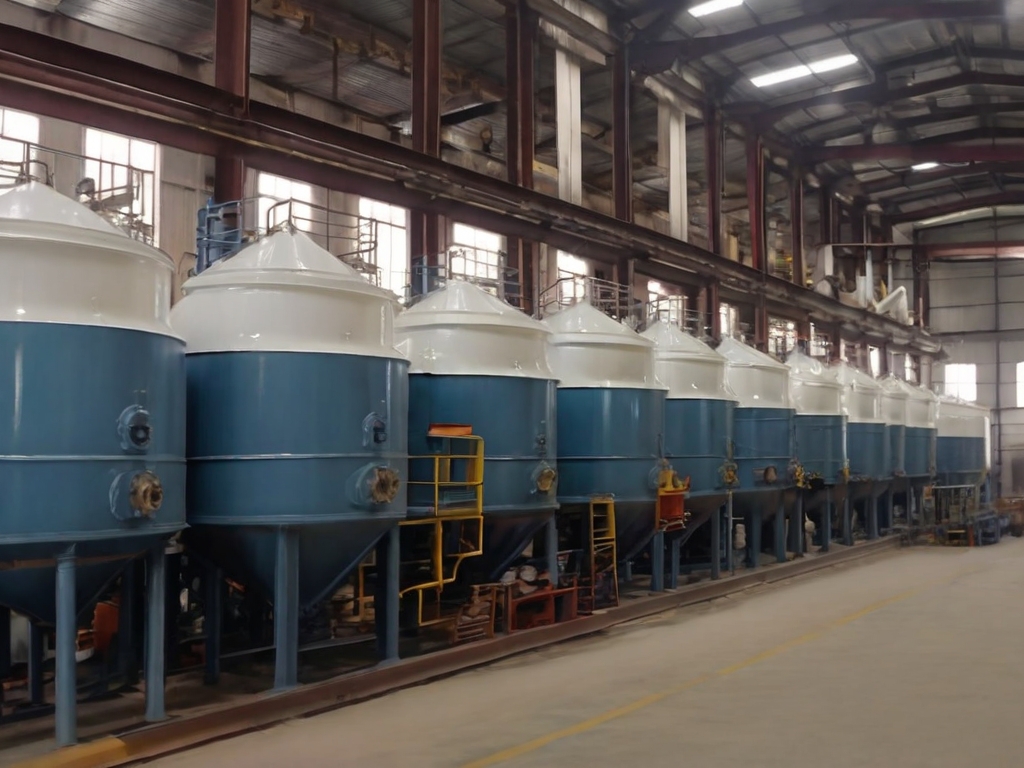When it comes to managing hazardous areas, understanding the legal and regulatory framework is crucial. This is particularly true for Class 1 hazardous areas, where the presence of flammable gases or vapors creates a high risk of explosion. In this article, we will delve into the intricacies of the laws and regulations that govern these areas. We will also explore how businesses like the Intrinsically Safe Store play a vital role in providing equipment designed to ensure safety in such environments. So, let’s get started and remember, for all your safety equipment needs, visit the Intrinsically Safe Store.
Defining Class 1 Hazardous Areas
Before we delve into the legalities, it’s essential to understand what Class 1 hazardous areas are. These are locations where flammable gases or vapors are, or may be, present in the air in quantities sufficient to produce explosive or ignitable mixtures. Examples include petroleum refineries, dry cleaning plants, and spray finishing areas.

The Regulatory Framework
The legal and regulatory framework governing Class 1 hazardous areas is extensive and complex. It includes international standards, national laws, and industry-specific regulations. Here are some key components:
- International Electrotechnical Commission (IEC) Standards: The IEC provides a series of standards for explosive atmospheres, including IEC 60079 for electrical equipment and IEC 80079 for non-electrical equipment.
- National Fire Protection Association (NFPA) Codes: In the United States, the NFPA provides codes and standards to minimize the risk of fire and explosion, including NFPA 70 (National Electrical Code) and NFPA 497 (Recommended Practice for the Classification of Flammable Liquids, Gases, or Vapors).
- Occupational Safety and Health Administration (OSHA) Regulations: OSHA provides regulations for hazardous locations, including 29 CFR 1910.307 (Hazardous Locations).
Role of the Intrinsically Safe Store
The Intrinsically Safe Store plays a crucial role in this landscape by providing intrinsically safe and explosion-proof devices that comply with these regulations. Designers create these devices to limit the electrical and thermal energy available for ignition, making them essential for maintaining safety in Class 1 hazardous areas.
Case Study: The Importance of Compliance
A case that underscores the importance of compliance with these regulations is the 2005 Texas City Refinery explosion. An investigation revealed that non-compliance with safety regulations, including the use of non-intrinsically safe equipment, was a significant factor in the explosion. This tragic event highlights the critical role of regulatory compliance in preventing such disasters.
Navigating Legal and Regulatory Frameworks for Class 1 Hazardous Areas
Understanding and complying with the legal and regulatory framework governing Class 1 hazardous areas is crucial for ensuring safety. This includes adhering to international standards, national laws, and industry-specific regulations. Businesses like the Intrinsically Safe Store play a vital role in this process by providing compliant safety equipment. Remember, safety should never be compromised. For all your safety equipment needs, contact us at the Intrinsically Safe Store.


